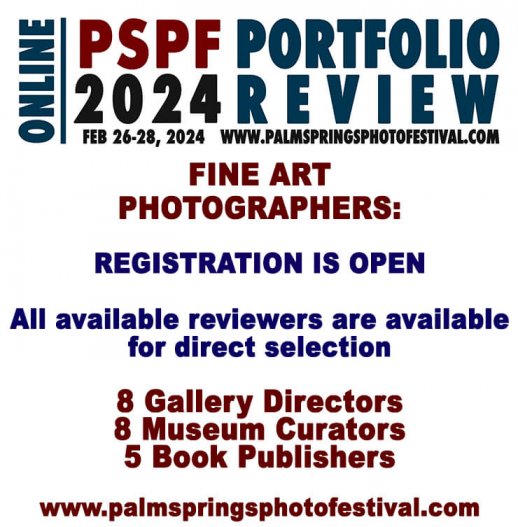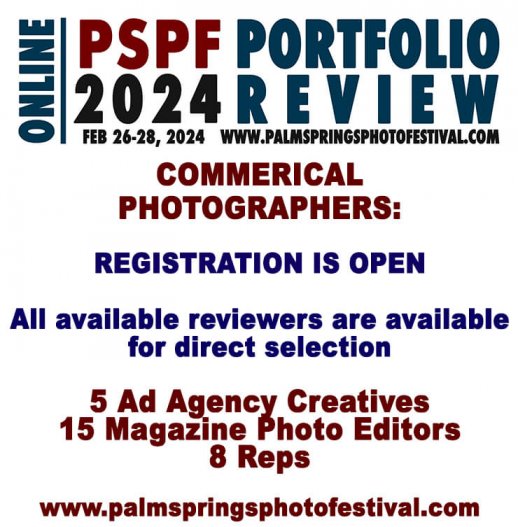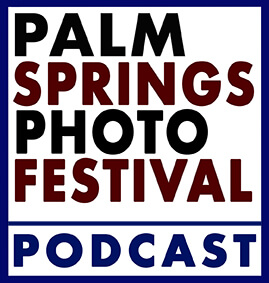The Palm Springs Photo Festival is the premiere portfolio review program for professional and emerging photographers. We guarantee you will present your work to at least 60% of the reviewers you choose in private, 20-minute meetings.
CHECK OUT OUR REVIEW FACULTY
REVIEWERS BIOGRAPHIES
REVIEWERS BY PROFESSION
REAL-TIME PROVISIONAL REVIEWER SCHEDULE
PARTICIPATING COMPANIES
“There is probably no other event in photography that can assemble a broader and more comprehensive faculty of influencers than the Palm Springs Photo Festival.”
“Over the past decade, the Palm Springs Photo Festival has grown into one of the most anticipated West Coast photo events of the year, featuring portfolio reviews from a truly rich array of industry experts and artists, as well as workshops, exhibitions, and evening projections.” – David Schonauer, Pro Photo Daily
1-800 928-8314
thepspfteam (at) palmspringsphotofestival.com




